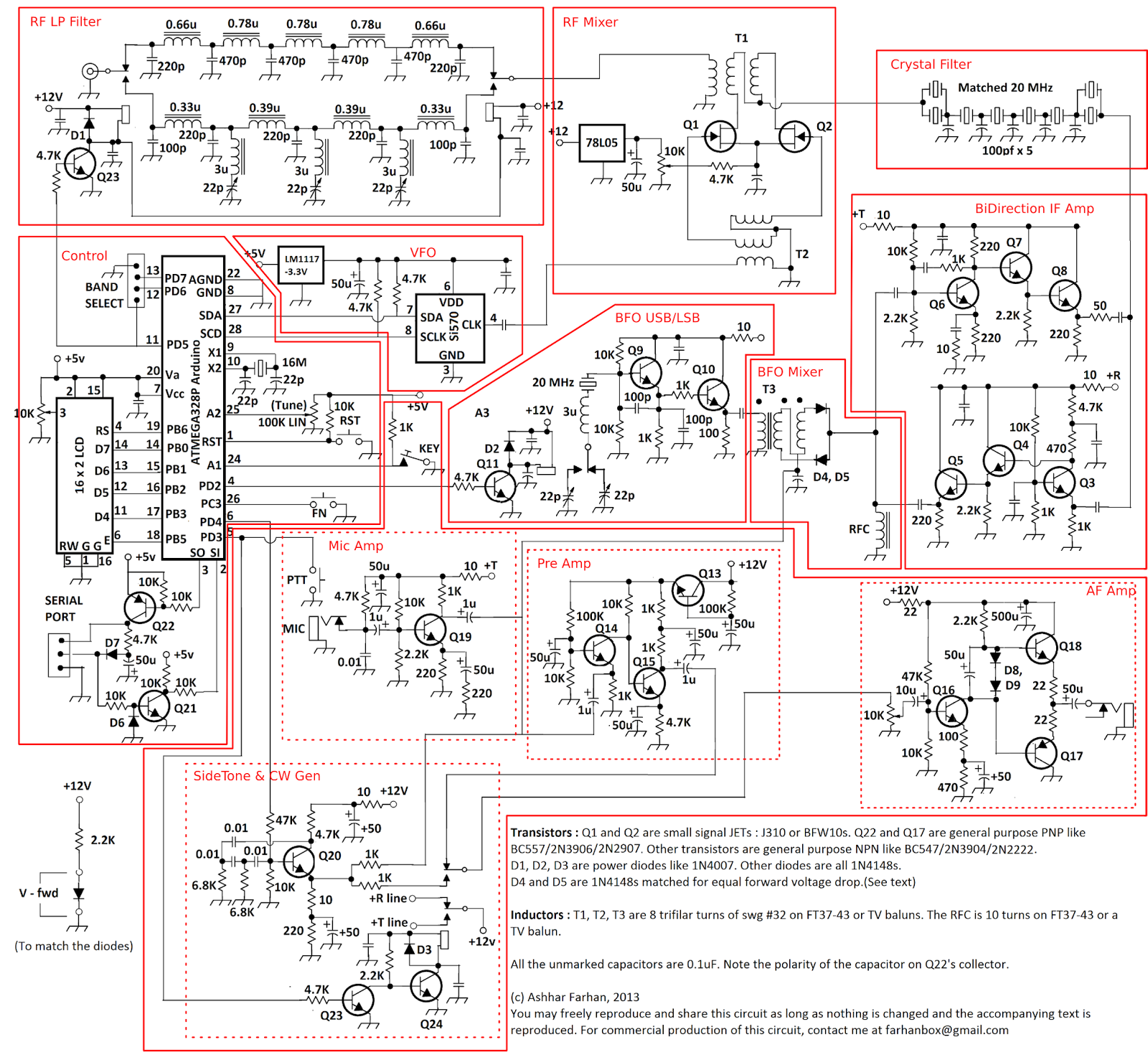I have always wanted to build a self calibrating Fixture for my AIM-4170B Analyzer.
Self calibration means to me, that the "Short", "Open" and "50 Ohm Load", which are necessary for calibration, are a part of the fixture. The "Open" is easy, just remove any parts from the fixture. The "Short" will be a simple push button switch across the analyzer terminals. And, a "Load" is another push button switch in series with a 50 Ohm resistor.
This approach to calibration is NOT exact, but it is good enough for most measurement that I do. For exact calibration, I have three certified (screw on) connectors that can be used.
The fixture as planned is only about 1.4 square inches and provides and SMA connection to an adapter on the AIM-4170B.
SMD parts can be scanned by placing them across the void on the fixture, and a plastic clip can be used to provide clamping pressure as necessary.
Parts with "Leads" can be pushed into the header shown in the center. There are three Ground header-pins, two groups of two header-pins are only shorted together and can be used to string leaded part together for a simple network measurement. And, there is one header-pin (center) that is connected to the analyzer.
Toner Transfer Method was used to build the fixture. As can be seen, only a small scrap of Transfer Paper was needed.
And, a small scrap of PCB material was used, which will be trimmed a little before going into the etch.
For etching, I use Ferric Chloride in a Ziploc Bag while kneading and running hot water over the bag. Only about 1 oz of Ferric Chloride is used.
 |
| In the Etch Bag Almost Finished, Some Copper (lower center) is Still to be Dissolved, |
The Analyzer Calibration can be done with the two switches. the upper push button switch connects two 100 Ohm Resistors in parallel across the analyzer terminals. The lower switch "Shorts" the analyzer terminal to ground.
The tapered section (lower center) is where SMD parts can be attached across either of the two voids. Parts with leads can be plugged into the header.
 |
| The Fixture |
 |
| Fixture Installed on the AIM-4170B |
--

















